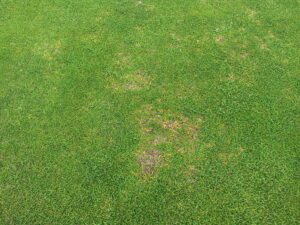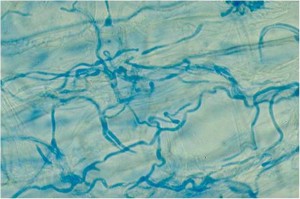Adults of the annual bluegrass weevil (ABW) spring generation have started to emerge in significant numbers over the last few days at Rutgers Hortfarm 2 in New Brunswick and at golf courses in North Jersey. Peak densities of new ABW adults should occur throughout the central and northern New Jersey and the NY metropolitan area over the next 1-2 weeks.
These spring-generation adults mate and will start laying eggs quickly. The resulting second generation is present predominantly as large larvae around late July-early August, when additional damage — usually less severe than spring damage — may occur. The second generation pupates in August and starts emerging as adults around mid-August.
Areas where significant adult densities are observed (directly, in clippings, with soap irritant, or by vacuum sampling) in late June-early July may need to be treated. However, overuse of insecticides, particularly of pyrethroids, is likely to lead to the development of pesticide-resistant ABW populations. To avoid this highly undesirable scenario insecticides should be applied only where and when necessary and pyrethroids should be used no more than once per year. [Read more…]
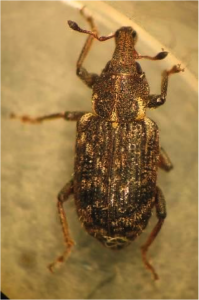
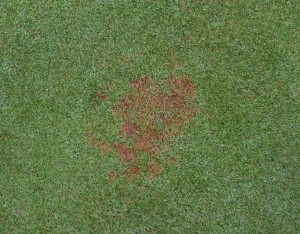
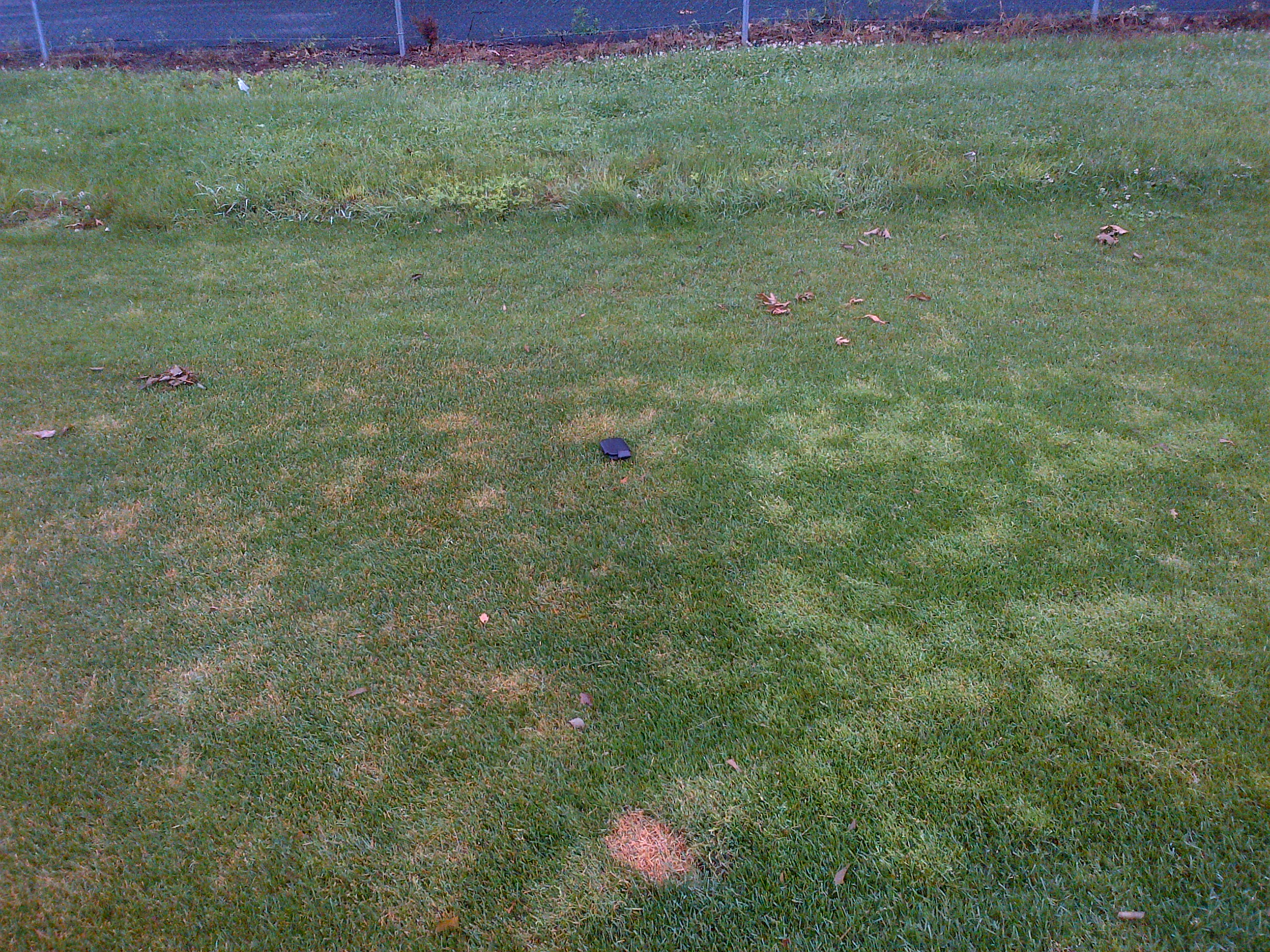 Light-colored patches of grass are annual bluegrass plants in Kentucky bluegrass border of the 2011 NTEP trial at Hort Farm No. 2 in North Brunswick NJ.
Light-colored patches of grass are annual bluegrass plants in Kentucky bluegrass border of the 2011 NTEP trial at Hort Farm No. 2 in North Brunswick NJ.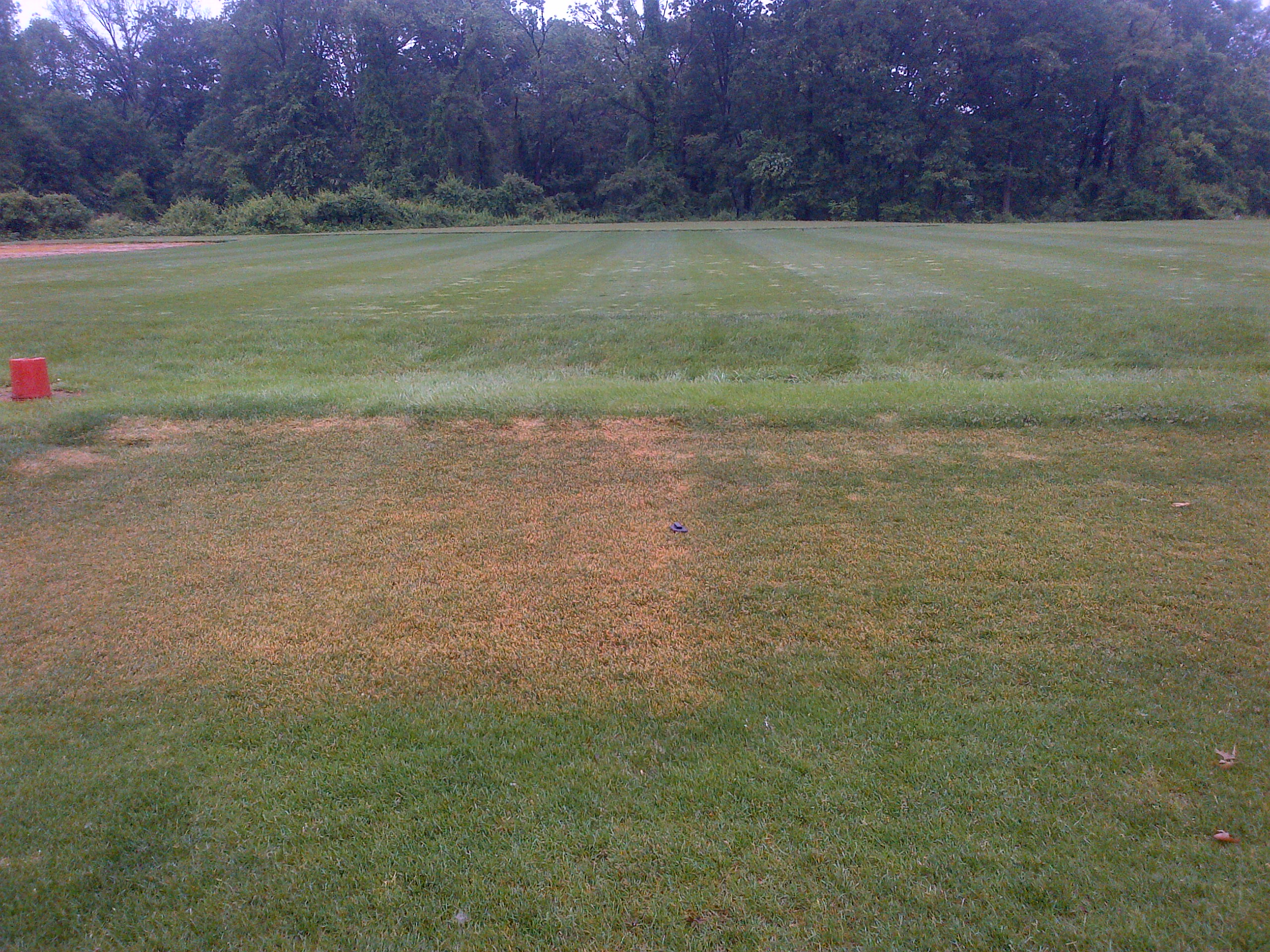 On the left is injury to Kentucky bluegrass from an intentional double-treatment (4.0 oz per acre) with amicarbazone. The yellowing of Kentucky bluegrass on the right side of the image is due to amicarbazone applied at the 2.0 oz per acre, the maximum recommended rate. Image taken about 2 weeks after application.
On the left is injury to Kentucky bluegrass from an intentional double-treatment (4.0 oz per acre) with amicarbazone. The yellowing of Kentucky bluegrass on the right side of the image is due to amicarbazone applied at the 2.0 oz per acre, the maximum recommended rate. Image taken about 2 weeks after application.